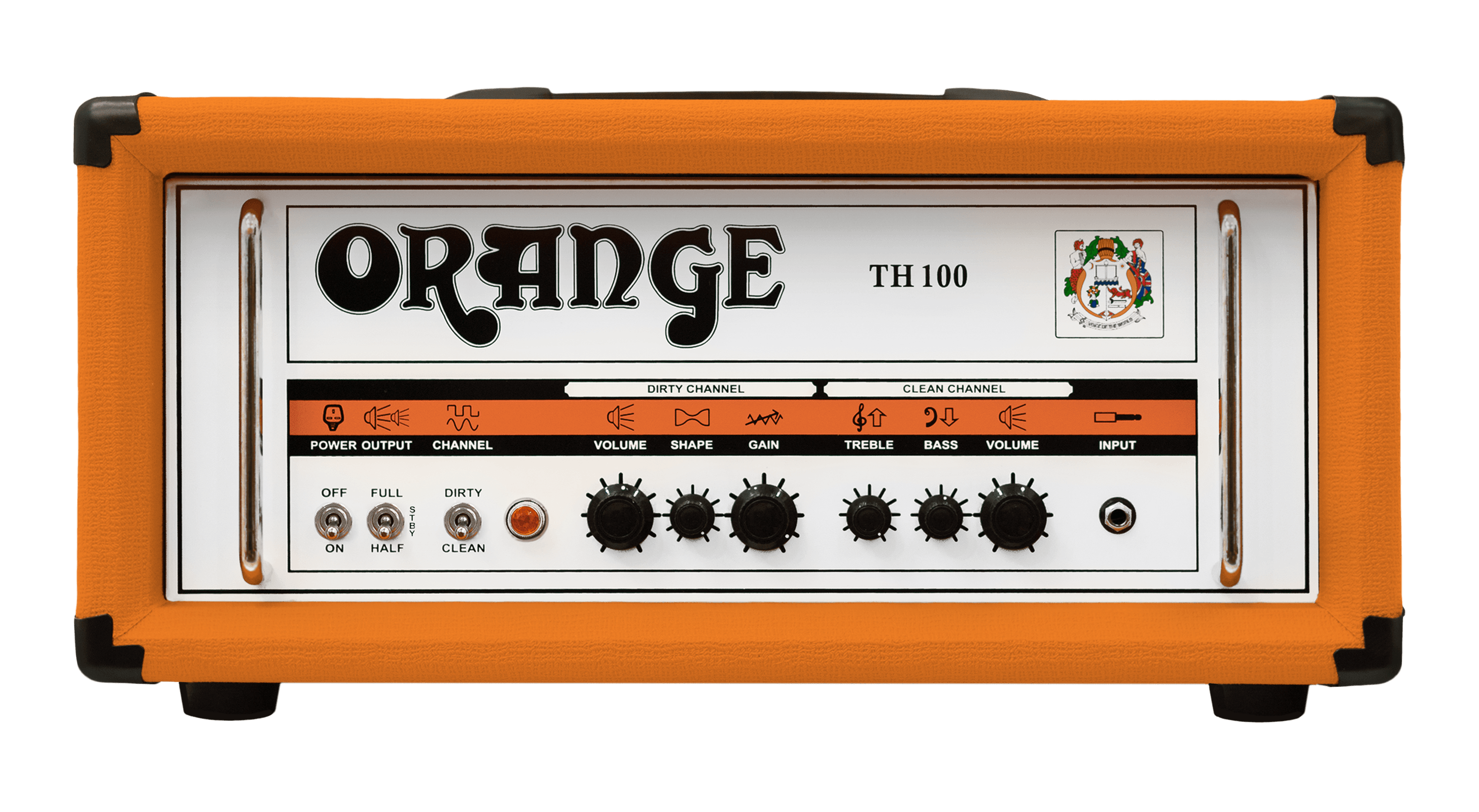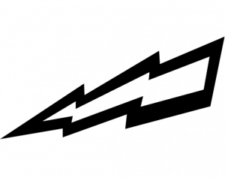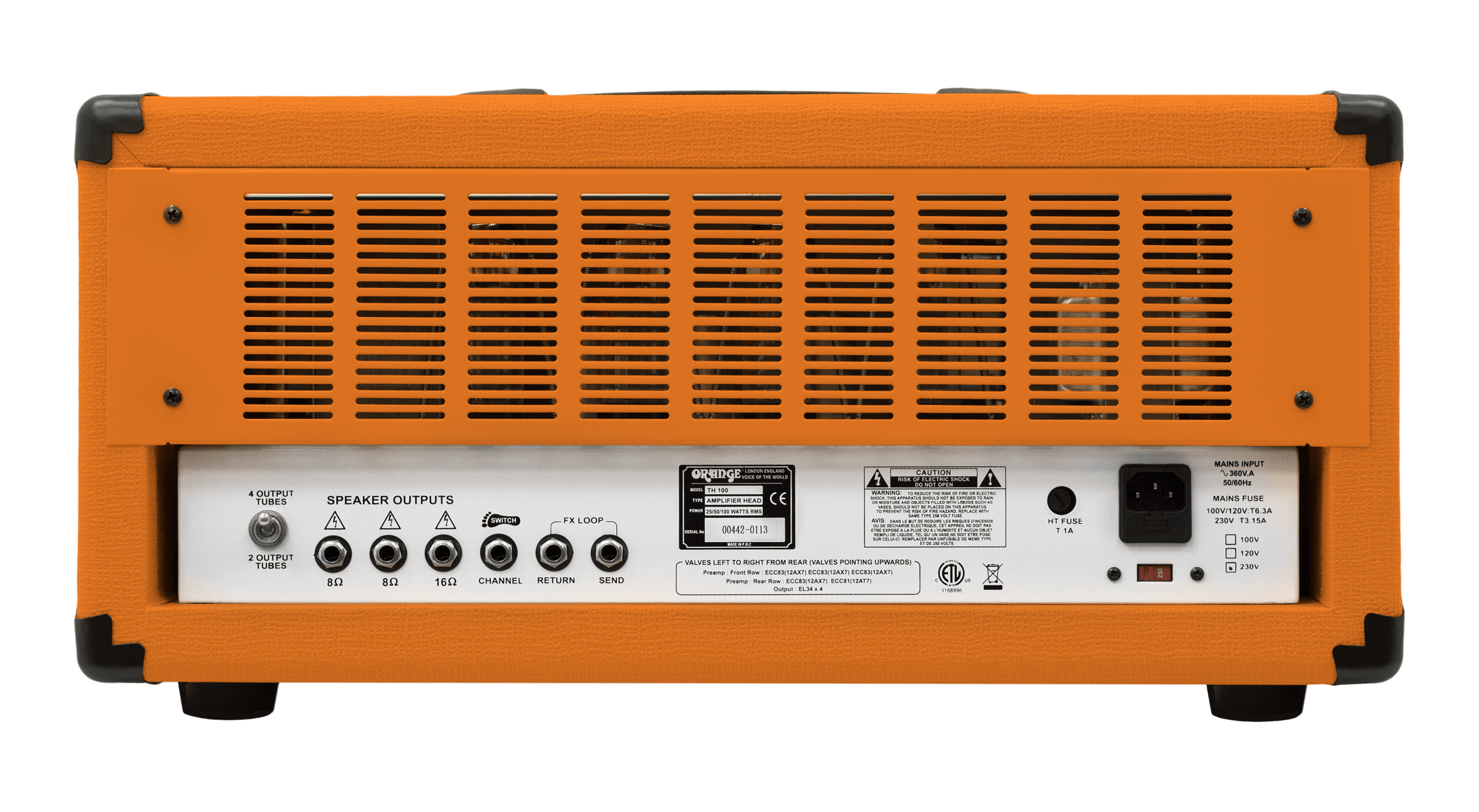Welcome to Orange
Thank you for choosing Orange.
Since 1968, when the company was founded, Orange Amplification has been researched and developed by the guitarist for the guitarist. Today, with a team of the industry’s most dedicated engineers, it continues to test the boundaries of conventional amp design to bring you the latest range of heads, cabinets and combos.
Orange’s commitment to quality control, construction and craftsmanship is long established, and each amplifier passes through a rigorous test procedure before shipping, resulting in complete confidence that you will be delighted with your new purchase, and that it will provide you many years of enjoyment and reliability.
The warmth, tonal quality and rich harmonics generated by Orange amplifiers cannot be reproduced by artificial means. Many guitarists have reached the same conclusion: there is nothing as good as an analogue amplifier!
This web page contains valuable technical and safety information. Please take the time to read these instructions and warnings, as the information will enhance the performance and longevity of your amplifier.
Important Safety Instructions (Click to expand)
- Read these instructions.
- Keep these instructions.
- Heed all warnings.
- Follow all instructions.
- Do not use this apparatus near water or other liquids.
- Clean only with a dry cloth.
- Do not block any ventilation openings. Install in accordance with the manufacturer’s instructions.
- Do not install near any heat sources such as radiators, heat registers, stoves, or other apparatus (including amplifiers) that produce heat.
- Do not defeat the safety purpose of the polarised or grounding-type plug. A polarised plug has two blades, with one wider than the other. A grounding-type plug has two blades and a third grounding prong. The wide blade or the third prong are provided for your safety. If the provided plug does not fit into your outlet, consult an electrician for a replacement of the obsolete outlet.
- Protect the power cord from being walked on or pinched, particularly at plugs, convenience receptacles, and the point where they exit the apparatus.
- Only use attachments/accessories specified by the manufacturer.
- Use only with the cart, stand, tripod, bracket, or table specified by the manufacturer, or sold with the apparatus. When a cart is used, use caution when moving the cart/apparatus combination to avoid injury from tip-over.
- Unplug this apparatus during lightning storms or when unused for long periods of time.
- Refer all servicing to qualified service personnel. Servicing is required when the apparatus has been damaged in any way, such as power-supply cord or plug is damaged, liquid has been spilled or objects have fallen into the apparatus, the apparatus has been exposed to rain or moisture, does not operate normally, or has been dropped.
WARNING! TO REDUCE THE RISK OF FIRE OR ELECTRIC SHOCK, DO NOT EXPOSE THIS APPARATUS TO RAIN OR MOISTURE.
Where indicated or stated on the product/unit, this device complies with Part 15 of the FCC rules. Operation is subject to the following two conditions:
- This device may not cause harmful interference
- This device must accept any interference received, including interference that may cause undesired operation.
Note: This equipment has been tested and found to comply with the limits for digital devices of its class, pursuant to Part 15 of the FCC Rules. These limits are designed to provide reasonable protection against harmful interference in a residential installation. This equipment generates, uses and can radiate radio frequency energy and, if not installed and used in accordance with the instructions, may cause harmful interference to radio communications. However, there is no guarantee that interference will not occur in a particular installation. If this equipment does cause harmful interference to radio or television reception, which can be determined by turning the equipment off and on, the user is encouraged to try and correct the interference by one or more of the following measures:
- Reorient or relocate the receiving antenna.
- Increase the separation between the equipment and receiver.
- Connect the equipment to an outlet on a circuit different from that to which the receiver is connected.
- Consult the dealer or a qualified technician for help.
Note: Changes or modifications not expressly approved by Orange Music Electronic Company, Ltd. could void the user’s authority to operate the equipment.
For customers in Canada: Where indicated or stated on the product/unit, this digital apparatus complies with Canadian Interference Regulations CAN ICES-3(B)/NMB-3(B).
All products are certified and tested to relevant safety standards. For further information, please contact us at orangeamps.com/contact.
Before Using Your Amplifier (Click to expand)
Voltage selection
The voltage-selector switch and mains fuse are set at the factory for the country or region in which this Orange product is intended to be sold. To prevent serious damage to the product, ensure that the rated AC mains voltage indicated on the product’s rear panel agrees with the mains voltage from your AC mains inlet before connecting the IEC power cable.
If the product is to be used outside of the factory-set region, please ensure the voltage-selector switch (found on the rear or side panel) is set to the correct voltage for the new country/region and that the appropriate mains fuse is fitted in the pull-out fuse tray below the IEC mains input.
The correct mains fuse rating for the product is printed on the chassis (see “Rear Panel Features”). Use only the same type and rating as specified for the product. Be advised that different operating voltages require the use of different types of line cord and attachment plugs. If you are unsure, please contact your Orange dealer.
Before using your amplifier
Always ensure the amp’s volume control(s) are set to zero before switching on the power to the amplifier. To prevent hum and electrical noise, operate your amplifier and instruments as far away from other electronic devices (especially fluorescent and neon lamps) as possible, as devices such as these generate extremely high levels of electronic noise.
Speaker output connections
- Make sure the correct speaker is connected at all times during operation.
- Do not connect to a speaker load which is less than 8 Ohms in total.
- Always connect to a cabinet of an appropriate power rating/handling.
- Never use two cabinets of different/mismatched impedance.
- Only connect speakers using a quality dedicated speaker cable. Never use an instrument cable.
- Never connect headphones to the speaker outputs.
If you are unsure, please contact your Orange dealer.
Heads
For one 16 Ohm cabinet — Use the 16 Ω speaker jack socket (rear panel).
For two 16 Ohm cabinets — Use both the 8 Ω speaker jack sockets (rear panel).
For one 8 Ohm cabinet — Use either of the 8 Ω speaker jack sockets (rear panel).
Combos
All Orange valve combos have an internal speaker load of 16 Ω and are connected to the amplifier’s 16 Ohm output at the factory. When using an extension cabinet, only ever connect a 16 Ω cabinet. To connect an extension cabinet to the combo, reconnect the internal speaker jack to either of the 8 Ohm speaker outputs, and connect a 16 Ohm extension cabinet to the other 8 Ohm speaker output. Ensure to reconnect the internal speaker to the 16 Ohm output when an extension cabinet is not attached.
Valves
When powering up, ensure the amplifier is set to the STBY position on the front panel for a minimum of two minutes prior to performance. This will prolong the life of the valves. The HT fuse(s) (rear panel) will blow in the event of output valve failure in order to protect the internal circuitry from damage. Orange recommends output valves are replaced in full matched sets. Orange models fitted with EL34 or 6550 valves will also benefit from a bias adjustment, which should only be undertaken by a qualified technician. When changing the HT fuse, gently push down on the fuse holder and turn anticlockwise to release the fuse.


 1. Power
1. Power 2. Standby
2. Standby 3. Channel switch
3. Channel switch 4. Dirty volume
4. Dirty volume 5. Dirty shape
5. Dirty shape 6. Dirty gain
6. Dirty gain 7. Clean treble
7. Clean treble 8. Clean bass
8. Clean bass 10. Input
10. Input
 1. Two or four output valve switch
1. Two or four output valve switch 3. Effects loop
3. Effects loop 4. Channel
4. Channel 6. AC mains input and mains fuse
6. AC mains input and mains fuse